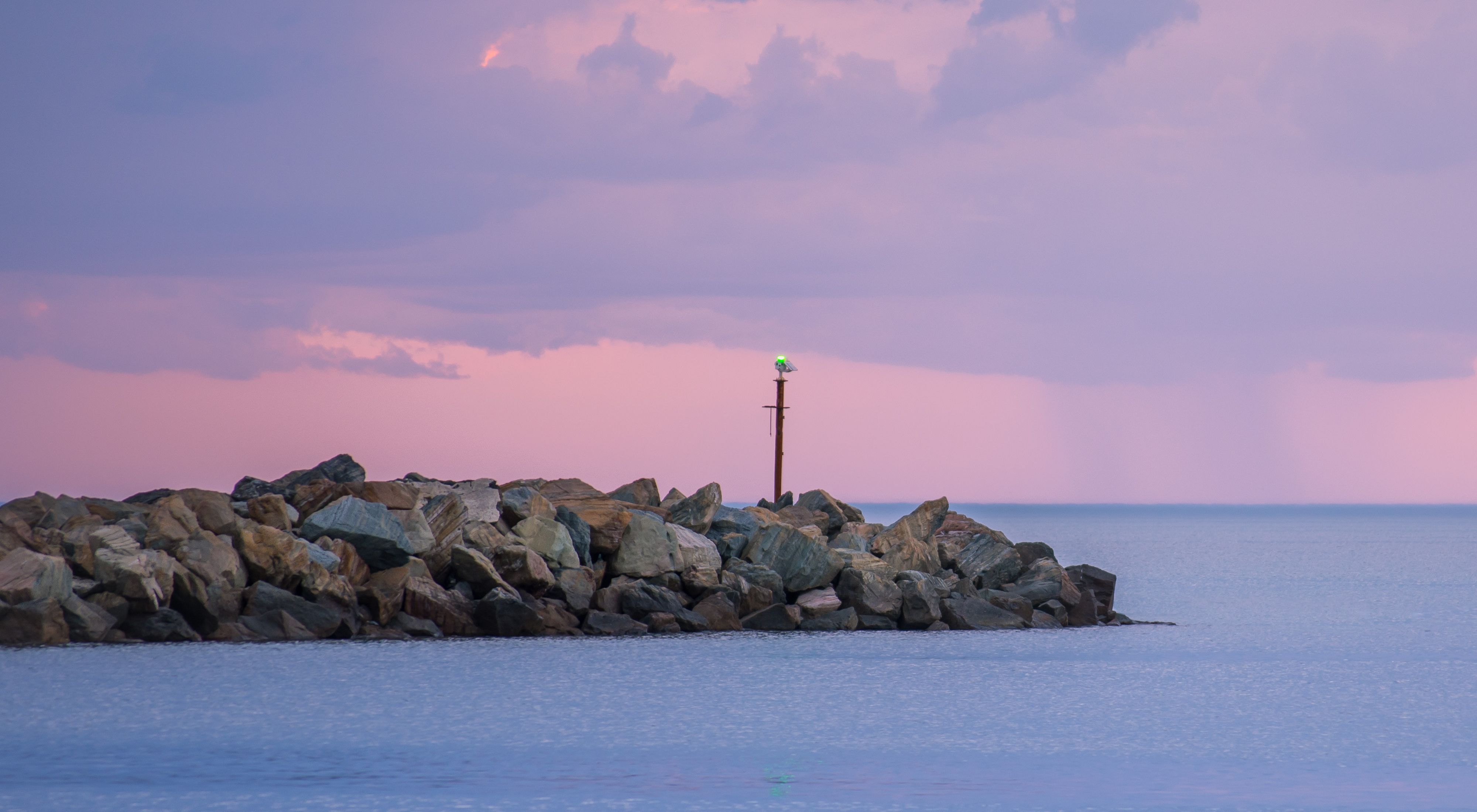Media Contacts
-
Vanessa Billy
Communications Manager
The Nature Conservancy Australia
Email: vanessa.billy@tnc.org
The Nature Conservancy (TNC), Government of South Australia and COmON Foundation have announced a landmark $1.2 million partnership to restore coastal wetlands across South Australia’s emerald coastline through a new innovative ‘blue carbon’ finance project.
The partnership, announced today by The Minister for Environment and Water, The Hon David Speirs MP, and Dr Chris Gillies, Oceans Program Director for TNC, will help restore up to 2,000 hectares of blue carbon wetlands across 700 kilometres in Gulf St Vincent and Spencer Gulf in South Australia.
Through a generous gift from the European philanthropic organisation COmON Foundation, the project will leverage the Australian Government’s commitment to support new blue carbon projects via the Emissions Reduction Fund. The project will also investigate how to establish a long-term sustainable financing fund and carbon insurance model to protect more than one million hectares of existing blue carbon ecosystems.
“This partnership will accelerate Australia’s commitment to using natural solutions to reduce our climate emissions through the prevention of methane emissions and storage of carbon in coastal wetlands,” said Dr Chris Gillies. “Not only will this project see blue carbon wetlands restored, it will also lay the foundation for leading-edge sustainable financing mechanisms for wetland protection. This includes investigating insurance against catastrophic events that can release carbon back into the atmosphere. If successful, this model could be applied globally and contribute significantly to reducing emissions worldwide.”
South Australian Minister for Environment and Water David Speirs said the projects would see many of the state’s coastal wetlands restored and blue carbon opportunities further realised.
“Developing blue carbon projects presents us with multiple benefits, from significant sequestration opportunities, to strengthened resilience of our precious coastline, to habitat restoration for nationally threatened species as well as new economic opportunities,” Minister Speirs said.
Restoration of blue carbon wetlands
The COmOn Foundation’s mission is to restore degraded landscapes and protect nature around the world. “Coastal wetlands, consisting of mangroves, seagrasses and salt marshes, line vast stretches of Australia’s coastlines. They absorb and store carbon at concentrations up to four times greater than terrestrial forests and provide countless benefits for biodiversity and local livelihoods: they protect coastal communities from flooding and are nursery areas which support commercial fisheries. Yet despite their importance, Australia’s blue carbon wetlands lose the equivalent of up to 700 soccer pitches of saltmarsh and mangroves each year,” said John Loudon, CEO of the COmON Foundation.
“We are particularly excited to see thousands of hectares of mangrove wetlands restored in South Australia’s unique and biodiverse gulf estuary systems.”
Sustainable financing mechanisms for wetland protection and management
The project will likely be amongst the first group of coastal wetland restoration sites funded under the Commonwealth Emissions Reduction Fund’s new blue carbon methodology. It will also lead the way in establishing blue carbon as a viable carbon abatement option.
TNC will also explore how revenues generated from blue carbon sales under the Emissions Reduction Fund and additional streams (such as biodiversity payments, native vegetation offsets or philanthropy) could be used to establish a sustainable finance model for coastal wetlands. In particular, TNC will examine how the model can support management payments for
Traditional Owners and private landholders as carbon custodians.
Based on TNC’s international experience and global first coral reef insurance program, the project will investigate a blue carbon insurance policy for South Australia. The policy could protect coastal wetlands from catastrophic events such as mass mangrove diebacks and storms. It would serve as a global model for blue carbon climate change protection and resilience.
Facilitating the way towards a carbon neutral future
TNC is at the forefront of blue carbon in Australia. Earlier in the year, leading national provider of novated car leasing Smartgroup launched a partnership with TNC and became one of the first Australian companies to invest in a blue carbon project to expand their carbon offset program and grow their impact in South Australia. In May, TNC and HSBC jointly announced Blue Impact Bonds for Nature, establishing a framework for capital market assets that can be used to raise conservation finance, contribute to fight climate change and improve livelihoods in coastal regions.
“We all know that to avoid the worst impacts of climate change, we need to reduce emissions. Nature-based climate solutions, including blue carbon wetland restoration, can contribute up to 30% of the effort we need to make,” said Dr Chris Gillies. “New sustainable financing mechanisms based on natural solutions like blue carbon can provide fantastic opportunities for Traditional Owners and private landowners to generate revenue through blue carbon sales while helping other investors reach their zero emission targets. Australia has robust regulations in place and TNC has experience in supporting communities generate revenue from carbon abatement. There has never been a more exciting time for the private sector and governments to join forces to solve our biggest conservation challenges.”
The Nature Conservancy is a global conservation organisation dedicated to conserving the lands and waters on which all life depends. Guided by science, we focus on getting things done efficiently and with the greatest positive impact for conservation. We’re a trusted organisation working in more than 70 countries and territories around the world on innovative solutions to our world’s toughest challenges so that nature and people can thrive together. To learn more about The Nature Conservancy in Australia, follow us on Facebook.
